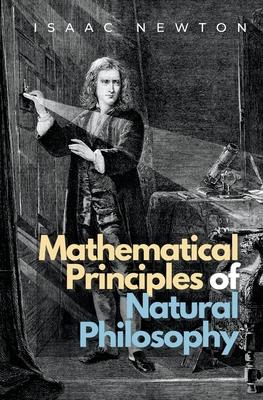"I have presented principles of philosophy that are not, however, philosophical but strictly mathematicalthat is, those on which the study of philosophy can be based."
Translated from the classic text Philosophi Naturalis Principia Mathematica, which was originally published in Latin in 1687. Such is its influence, the book is often referred to simply as the Principia.
The text alongside its numerous, historically important diagrams formed the foundation of classical mechanics, Newton's law of universal gravitation and a derivation of Kepler's laws of planetary motion.
The French mathematical physicist Alexis Clairaut summed up the influence of the book in 1747 by saying that Principia was:
"The epoch of a great revolution in physics. The method followed by its illustrious author... spread the light of mathematics on a science which up to then had remained in the darkness of conjectures and hypotheses."

"I have presented principles of philosophy that are not, however, philosophical but strictly mathematicalthat is, those on which the study of philosophy can be based."
Translated from the classic text Philosophi Naturalis Principia Mathematica, which was originally published in Latin in 1687. Such is its influence, the book is often referred to simply as the Principia.
The text alongside its numerous, historically important diagrams formed the foundation of classical mechanics, Newton's law of universal gravitation and a derivation of Kepler's laws of planetary motion.
The French mathematical physicist Alexis Clairaut summed up the influence of the book in 1747 by saying that Principia was:
"The epoch of a great revolution in physics. The method followed by its illustrious author... spread the light of mathematics on a science which up to then had remained in the darkness of conjectures and hypotheses."